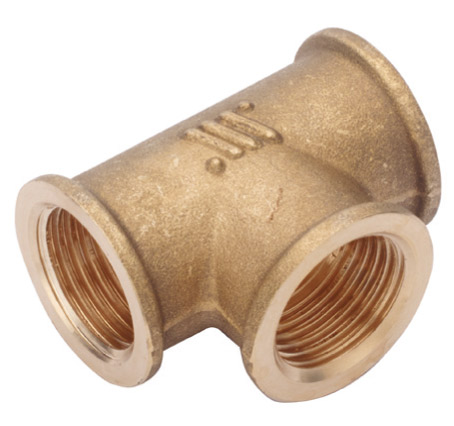The molding of brass fittings
The hot forging process of brass fittings: all operations and processes.
 Brass fittings represent a class of hydraulic components that are fundamental for the construction of civil and domestic systems. In fact, thanks to the formidable characteristics of these alloys, it is possible to obtain through mechanical processing, products with important resistance characteristics. Especially in the case of hydraulic circuits, they have exceptional behavior even in aggressive environments, given their excellent resistance to corrosion.
Brass fittings represent a class of hydraulic components that are fundamental for the construction of civil and domestic systems. In fact, thanks to the formidable characteristics of these alloys, it is possible to obtain through mechanical processing, products with important resistance characteristics. Especially in the case of hydraulic circuits, they have exceptional behavior even in aggressive environments, given their excellent resistance to corrosion.A fundamental aspect, in addition to the phase of choosing the material and designing the components, is their realization. This operation is equally important for obtaining quality products that guarantee a prolonged useful life, thus reducing the costs of extraordinary maintenance in operation and ensuring suitable conditions of safety for the premises and persons who are nearby.
The hot forging process of brass
The main operation for obtaining brass fittings is hot forging. The brass bar is heated, cut and each part, on a regular basis, is picked up and placed above the lower matrix of the mold (fixed matrix) on which the press acts, allowing the desired shape to be obtained. These types of operations, called hot plastic deformation, exploit the high ductility of the material at temperature without bringing it to the molten state, allowing the desired components to be created by applying lower stresses compared to cold mechanical deformation processes. The study of the parameters, the choice of the correct presses and the optimization of the pre and post molding phases ensure an excellent quality of the fittings produced.After this phase, other operations must be carried out:
- Blanking: operation that allows the elimination of burrs and the obtaining of the correct geometry;
- Heat treatments: aimed at improving the surface qualities of the fittings, thus expanding the application potential and resistance characteristics;
- Surface finishes: allowing to obtain the roughness required by the project and permitting the deposition of surface coatings;
- Mechanical processing: drilling and threading can be essential for making connections with the other parts of the system in which these components will be placed;
- Galvanization: surface treatment aimed at improving both the aesthetics and the corrosion resistance of brass fittings.
The advantages of this production method
The brass fittings obtained by hot forging present:- High hardness but excellent ductility;
- Important corrosion resistance;
- Precise dimensional tolerances;
- Excellent quality;
- Possibility to create large series;
- Low manufacturing cost (given by the number of fittings that can be made in a short time);
- Watertightness of components, avoiding leaks and reducing interventions.
06/12/2021
I contenuti di questo sito non hanno carattere di periodicità e non rappresentano 'prodotto editoriale'.








